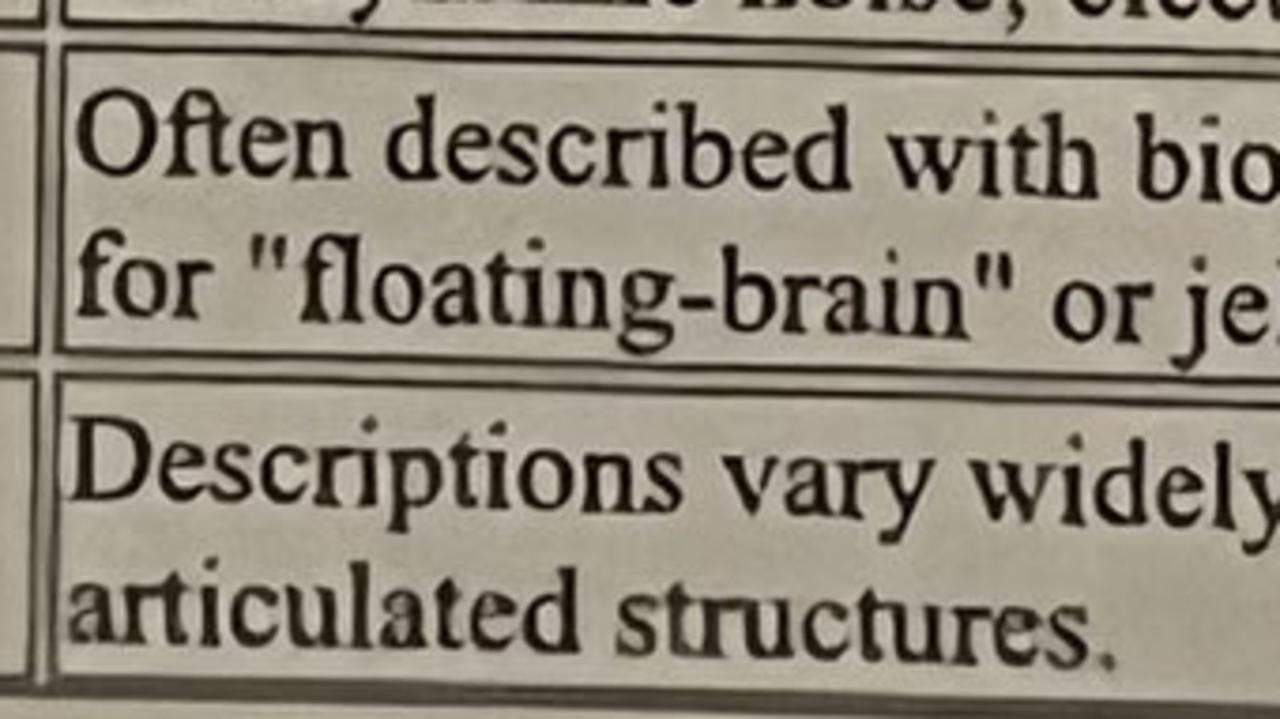How rare total solar eclipse unfolded in Australia today
Amazing footage of a rare total solar eclipse has been captured in WA. Here’s everything you need to know about the phenomenon.

Space
Don't miss out on the headlines from Space. Followed categories will be added to My News.
Amazing footage of a rare total solar eclipse has been captured in WA.
Here’s everything you need to know about the phenomenon that stopped Australia in its tracks this afternoon.
What happened?
Today’s eclipse was actually a special ‘hybrid’ eclipse.
Writing for The Conversation recently, Museums Victoria senior curator (astronomy) Tanya Hill wrote that today’s eclipse would start over the Indian Ocean as an annular eclipse, “where the moon is slightly too small to completely block the sun and a ring of sunlight shines out from around the dark moon”.


“This happens when the moon’s antumbral shadow hits Earth,” Dr Hill said.
“During an annular eclipse, the moon’s umbral shadow is not long enough to reach Earth and Earth is immersed in the antumbral shadow instead.
“By the time the moon’s shadow reaches land, it will become a total eclipse – the moon now appears large enough to completely block the sun, and it is the moon’s umbral shadow that falls on Earth.”
When did it happen?
In Western Australia, at 11.27am AWST, the sun began to vanish from the sky over Ningaloo, around 1200km north of Perth, taking several minutes to reach totality before the sun gradually started to reappear again.
However, a partial eclipse was still seen in the remaining states from 1.27pm AEST, although the quality of the view depended on location.
Darwin had the deepest partial eclipse, with 85 per cent of the sun hidden by the moon there – but it was a different story in Hobart, where only 13 per cent of the sun disappeared.
LIVE: Watch a total solar eclipse in Australia with us! We're sharing live telescope views and answering your #AskNASA questions on NASA Science Live. https://t.co/a9z0plAikM
— NASA (@NASA) April 20, 2023
How long did it last?
Not long.
In fact, witnesses were in the moon’s shadow for just 58 seconds, when the eclipse reached totality.
However, the total process took more than two hours, beginning and ending in a partial eclipse.
Where did Aussies watch the eclipse?
Ningaloo Reef, on the Pilbara Coast in WA, was the best place in the country to see the phenomenal event, with thousands from across the globe flocking to the town of Exmouth – the gateway to nearby Ningaloo Marine Park – for the special event.
Exmouth’s Chamber of Commerce and Industry constructed a viewing platform about 30km outside the town to accommodate an estimated 3000 people.
The Shire of Exmouth also opened additional serviced campsites to help accommodate the influx of eclipse-chasers, on top of the usual school holiday crowd.
The moon also fully blocked the sun in Barrow Island WA, as well as eastern parts of East Timor and parts of Papua in Indonesia.
If you’re not in WA, you can watch the livestream below.
Can I stare at an eclipse?
Absolutely not.
Staring directly at the sun, even during an eclipse, is incredibly dangerous and can cause permanent damage to the eye, even after a brief glimpse.
But that doesn’t mean you have to miss out. To watch the eclipse safely, you should use special eclipse glasses or solar viewers with filters to protect the eyes.
Exmouth’s Chamber of Commerce and Industry has purchased about 20,000 pairs of eclipse-viewing glasses, in a sign of just how important this safety measure is.

How rare is it?
It was the first solar eclipse in WA since 1974, and the next solar eclipse for the eastern states won’t be until 2028.
But in some good news for Aussie eclipse watchers, today’s event is the first of five total solar eclipses that will be seen in Australia over the next 15 years.
Originally published as How rare total solar eclipse unfolded in Australia today





